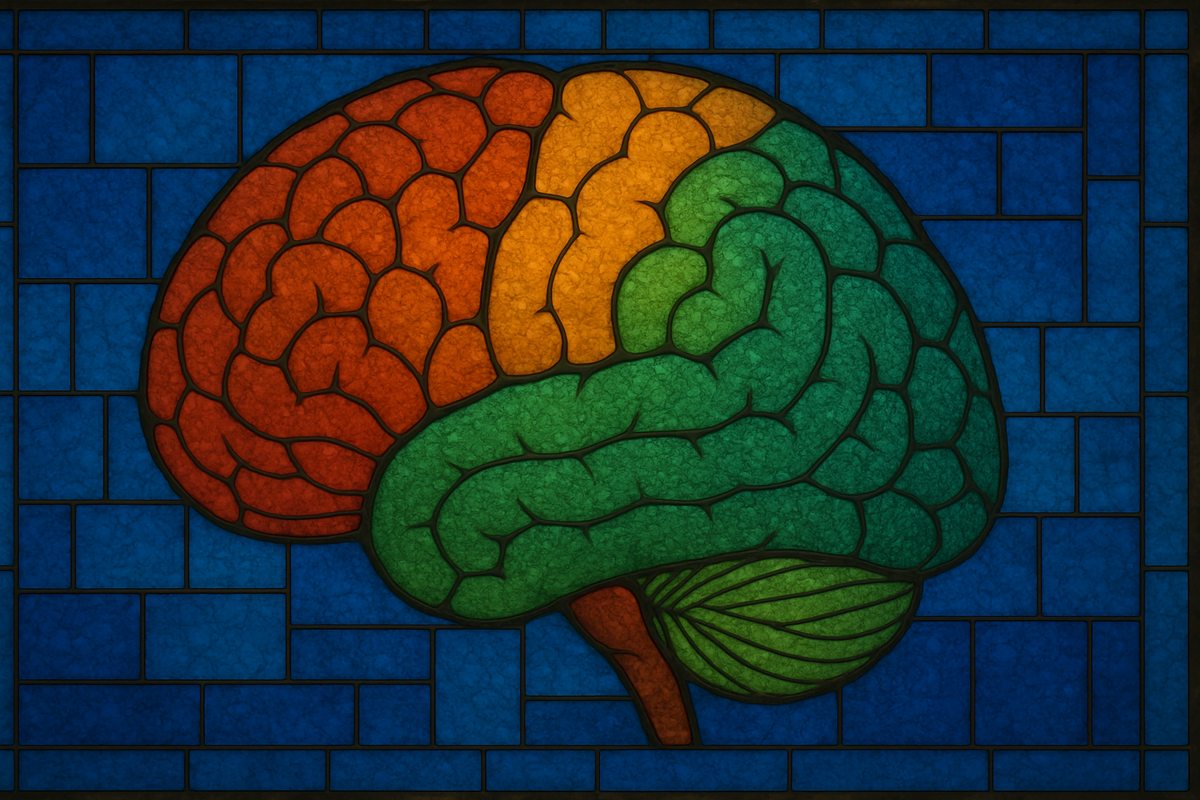Integrated Information Theory & Idealism
IIT discussion with Bernardo Kastrup, 22nd July 2025

We are privileged to be joined next week, 29th July, by Christof Koch, a celebrated neuroscientist working on the neural correlates of consciousness and Integrated Information Theory. So tomorrow's session, the 22nd of July, will be a chance to better understand IIT and its implications with Bernardo, so that we can make the most out of the dialogue with Christof the following week.
Integrated Information Theory is a leading theory of consciousness. It attempts to answer some of the biggest questions in science and philosophy: what explains the specific nature of experience, and what kind of systems have it? Its goal is a rigorous, mathematical framework for how information must be organised to give rise to consciousness.
Whilst critical of earlier versions of IIT, Bernardo Kastrup now believes its mathematical formalism could offer a map for how universal consciousness dissociates into seemingly separate minds. A groundbreaking tool for modeling consciousness from an idealist perspective.
I'll give you my best attempt at an overview, with the caveat that I am a beginner on the topic. This is intended to get the conversation going in an accessible way, not to be an authoritative summary:
Amongst the many competing theories of consciousness, IIT is unique in that it starts by observing the characteristics that every conscious experience has. These are characteristics that we can verify for ourselves by observing our own experience.
For example, if you pause right now, you might notice consciousness feels unified. Although there are many parts to it, (sounds, tastes, colours and thoughts) they all coalesce into one whole. Equally, every experience feels specific and unique - the experience of reading this sentence is not exactly like the experience of reading the last. The experience of a red apple is not the same as a green one.
Also, each experience is structured - there are many different parts to each experience, and they have specific relationships to each other. Colours, shapes, sounds and thoughts show up in regular patterns that can be recognised. Perhaps most importantly, there is something it is like to have an experience. It undeniably exists for itself, even when experience is one of quiet darkness.
So, given that the above characteristics are self-evident - universally verifiable by any conscious person, IIT takes these and others as starting points, 'axioms' that don't need proof. Instead, the question becomes the following; what behavior would we expect from a physical system that was a substrate for the above characteristics?
Or for an analytic idealist, what characteristics would be expect from a physical system that represented a unified conscious perspective?
For example, if a system was having a specific experience, we might expect the physical system to be in specific states. IIT additionally proposes that this specificity should influence what happens next. An ice tray with two cubes is in a specific state, but whether there are two cubes or ten doesn't change what the ice tray does next. Your brain however can be in very specific states which change what happens next in your brain.
Additionally, an apple doesn't show up in awareness with it's green separate from its shape. The shape is green and the green has shape. It is integrated as a whole. The correlate IIT looks for in a physical system is that it must be more than the sum of its parts. If you can split it into two and each part keeps doing its own thing, then it wasn't really integrated.
I found this example helped me get an intuitive grasp of integration. Think of the difference between dividing a stone in two and dividing an ax. If you cut a stone in half, you get two stones. Divide an ax you don't get two axes.
There are ways to mathematically measure integration, and IIT uses a value called phi (Φ) represent this. A high phi would mean more consciousness; a low or zero phi means little or none. It is the difference between something that has experience (like a person) and something that doesn’t (like a rock or a computer).
In terms of practical applications, the theory helps explain why the cerebellum doesn't seem to be necessary for awareness - people born without a cerebellum can still be conscious, and patients with damage show impairments in coordination, emotion, or timing — but not in basic conscious experience.
All this, despite the fact that the cerebellum has more neurons than the rest of the brain put together.

IIT explains this in terms of integration. It's not just about numbers, but about functional connectivity. The cerebellum is made up of many parallel circuits that feed forward, processing information independently and don’t recurrently interact or form rich, integrated feedback loops.
It's like the difference between 100 musicians in individual practise rooms, and a full orchestra where each musician listens to the others, contributing to one unified emergent sound.
So in summary, consciousness happens when a system is both rich in different experiences and tightly linked together so that the parts can’t be separated without losing something important.
Our previous dialogue with Christof can be viewed here, and you can comment below with any other resources that might help, and any comments and questions relevant to the session with Bernardo, 22nd July: 6-8pm UK time / 7-9pm CET / 1-3pm EST
I look forward to seeing you there!
Amir